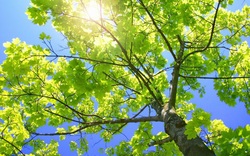SAFE VEGETABLES
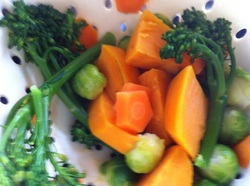
- Artichoke
- Beans, cooked only
- Bell Peppers
- Broccoli
- Brussels sprouts
- Carrot
- Cauliflower
- Celery stalks
- Chinese Cabbage
- Corn (milky & soft)
- Cucumber
- Eggplant (fruit only)
- Endive
- Fennel
- Green Beans
- Hot Peppers
- Kale
- Lettuce
- Parsley
- Peas
- Potato (cooked)
- Pumpkin (and seeds)
- Radish Red Beet (fresh)
- Radicchio
- Romain Lettuce
- Spinach
- Sprouts
- Squash
- Sweet Potato
- Turnips
- Watercress
- Yams
- Zucchini
Please make sure vegetables are washed.
SAFE FRUIT
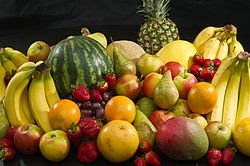
- Apple
- Apricot
- Banana
- Blackberry
- Blackcurrant
- Blood orange
- Blueberry
- Cantaloupe melon
- Cherry
- Cranberry
- Dried dates
- Figs (fresh)
- Gooseberries
- Grape
- Guava
- Honeydew melon
- Kiwifruit
- Lychee (Litchi)
- Mandarin
- Mango
- Melon
- Nectarine
- Orange
- Papaya
- Peach
- Pear
- Pineapple
- Plum
- Pomegranate
- Quince
- Raspberry
- Red Currants
- Strawberry
- Tangerine
- Yellow Plum
Make sure that all apple, orange and other seeds are removed before letting your birds eat the fresh foods. And make sure you wash all fruits and vegetable thoroughly. Apple seeds contain a very small amount of cyanide, and if consumed in large quantities can majorly harm you or your parrot.
SAFE FLOWERS
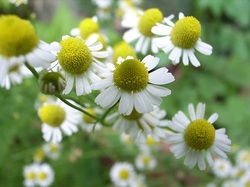
CHAMOMILE flowers are tiny, daisy-like flowers that are especially helpful to parrots that need a calming influence. Chamomile is one of nature's safest and mildest sedatives, and it can be offered as flowers, fresh or dried, or as herbal tea to calm birds in stressful situations.
SAFE FLOWERS
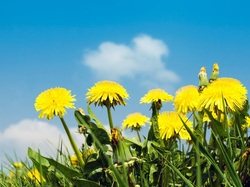
DANDELION flowers and greens are nutritious foods as well as liver cleansers. They are useful for restoring health to birds that have been maintained on a diet of processed foods. Used in their natural form as food, it is almost impossible to overdose.
SAFE FOLIAGE FOR PARROTS
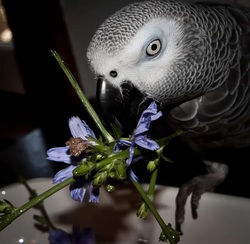
Picture of Kaja by Paulina Szajek
ACACIA
ALOE
AFRICAN VIOLET
BABY'S TEARS
BAMBOO
BEGONIA
BOSTON FERN
BOUGAINVILLEA
CHICKWEED
CHRISTMAS CACTUS
CISSUS (KANGAROO
VINE)
COLEUS
CORN PLANT
CRABAPPLE
DANDELION
DOGWOOD
DONKEY TAIL
DRACAENA VARIETIES
FERNS: (BIRD'S NEST,
BOSTON, MAIDENHAIR)
FIGS: (CREEPING,
RUBBER,
FIDDLE LEAF, LAUREL
LEAF)
GARDENIA
GRAPE IVY
HEN AND CHICKENS
IMPATIENS
JADE PLANT
KALANCHOE
MAGNOLIA
MARIGOLDS
MONKEY PLANT
MOTHER-IN-LAW
NASTURTIUM
NATAL PLUM
NORFOLK ISLAND PINE
ORCHIDS
PALMS: (ARECA, DATE,
FAN, LADY, PARLOUR,
HOWEIA, KENTIA,
PHOWNIX)
PEPPEROMIA
PETUNIA
PITTOSPORUM
PRAYER PLANT
PURPLE PASSION
ROSE
RUBBER PLANT
SENSITIVE PLANT
SNAKE PLANT
SPIDER PLANT
SWEDISH IVY
THISTLE
VELVET NETTLE
WANDERING JEW
WAX PLANT
WHITE CLOVER
YUCCA
ZEBRA PLANT
ZINNIA
SAFE FLOWERS
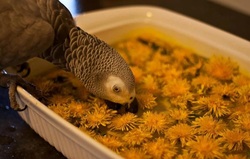
Picture of Kaja By Paulina Szajek
Acacia
Anise (Pimpinella anisum)
African Tulip Tree (Spathodea campanulata)
Apple blossum (Malus domestica)
Bald Cypress (Taxodium distichum)
Basil (Ocimum basilicum)
Bee balm (Monarda)
Borage blossoms (Borago officinalis)
Bottlebrush (Callistemon spp.)
Calendula (Pot Marigold) (Calendula officinalis)
Carnations (Dianthus caryophyllus)
Chamomile (Chamaemelum nobile)
Chives (allium schoenoprasum)
Coriander/cilantro (Coriandrum sativum)
Daises
Dandelion (Taraxacum)
Daylily (Hemerocallis spp.)
Dill (Anethum graveolen)
Elderberry (Sambucus spp.)
Eucalyptus
Fennel (Foeniculum vulgare)
Gardenia (Gardenia jasminoides)
Garlic (Allium sativum L.)
Gladiolus
Grapefruit (Citrus x paradise)
Hibiscus
Honeysuckle (Lonicera)
Impatiens
Jarcaranda (Jacaranda mimosifolia)
Kumquat (various Fortunella species)
Lilac (Oleaceae Syringa)
Lime (Citrus aurantifolia)
Lemon (Citrus × lemon)
Milk thistle (Silybum species)
Melalecuca (Melaleuca quinquinervia)
Nasturtiums
Orchid tree (Bauhinia verigata)
Okra (Abelmoschus esculentus)
Orange (Citrus sinensis)
Oregano (Origanum vulgare)
Pansies (Viola tricolor)
Passion flowers (Passifloraceae Passiflora)
Petunia (Petunia spp.)
Plum (Prunoideae Prunus)
Pumpkin (Cucurbita pepo or Cucurbita mixta)
Roses/Rose hips (Rosoideae Rosa)
Rosemary (Rosmarinus officinalis)
Runner Beans (Phaseolus coccineus)
Sage (Salvia officinalis)
Sunflowers (Helianthus annuus)
Thyme (Lamiaceae Thyme)
Zucchini (Cucurbita pepo.)
Violets (Violaceae Viola)
SAFE NATURAL WOOD
